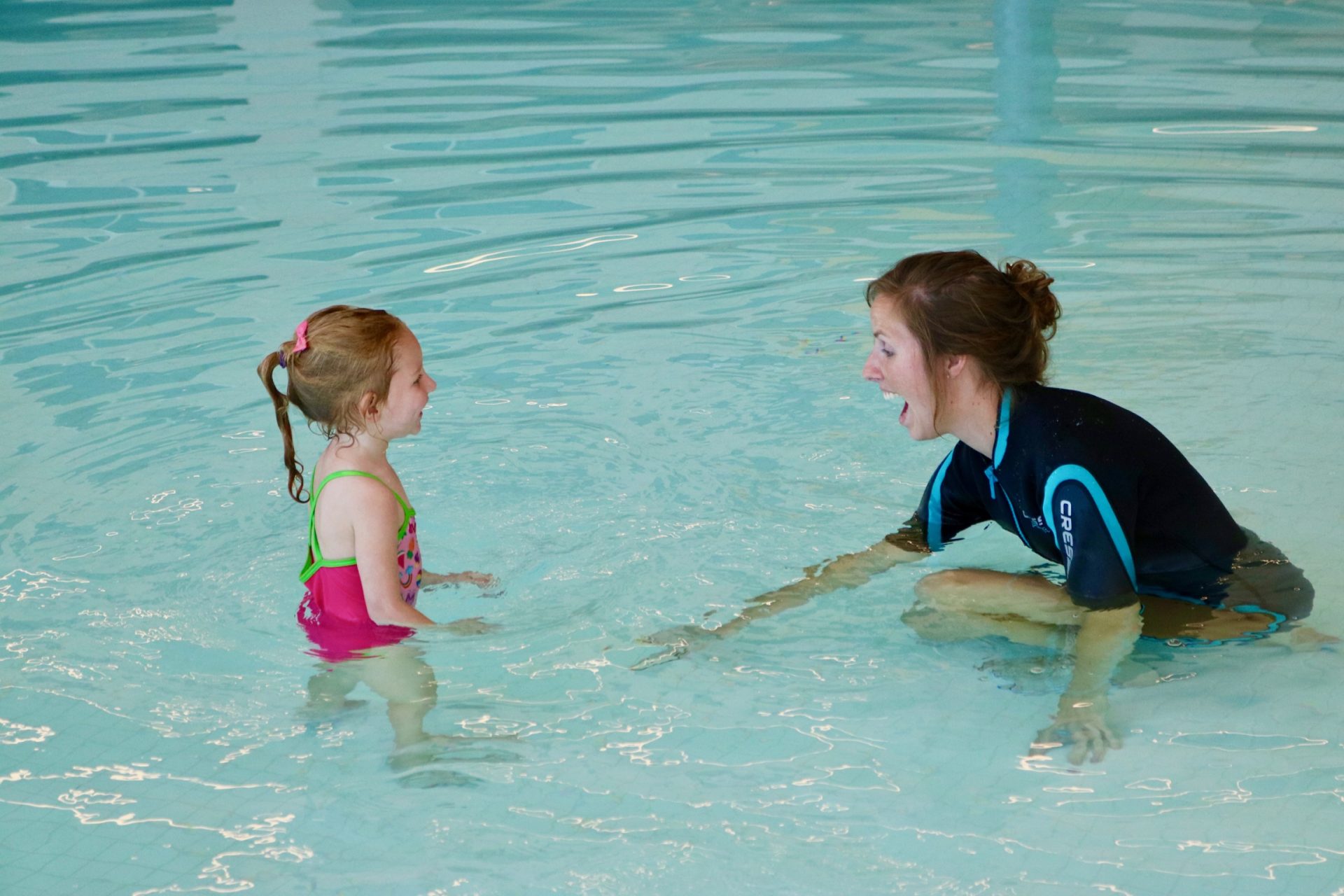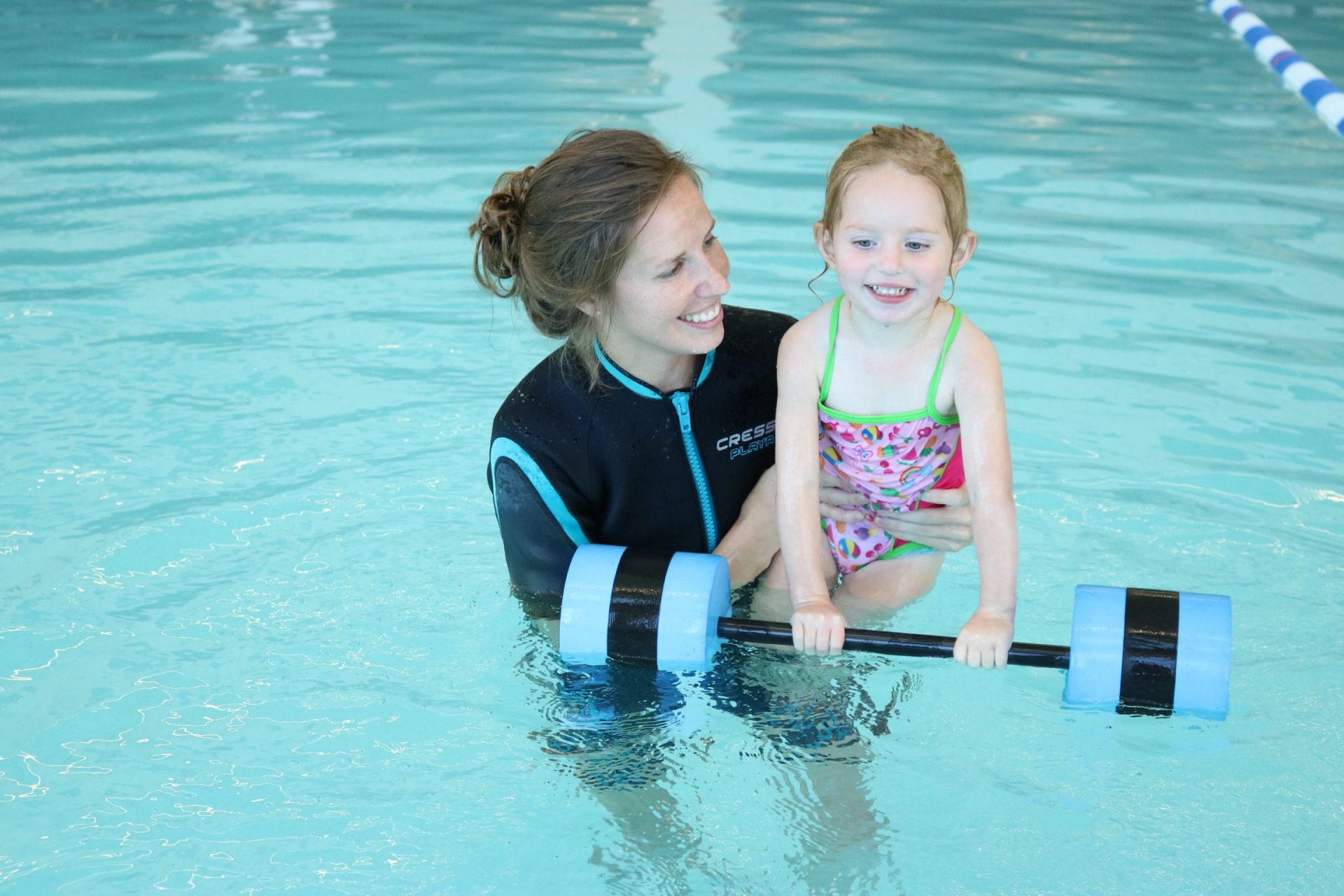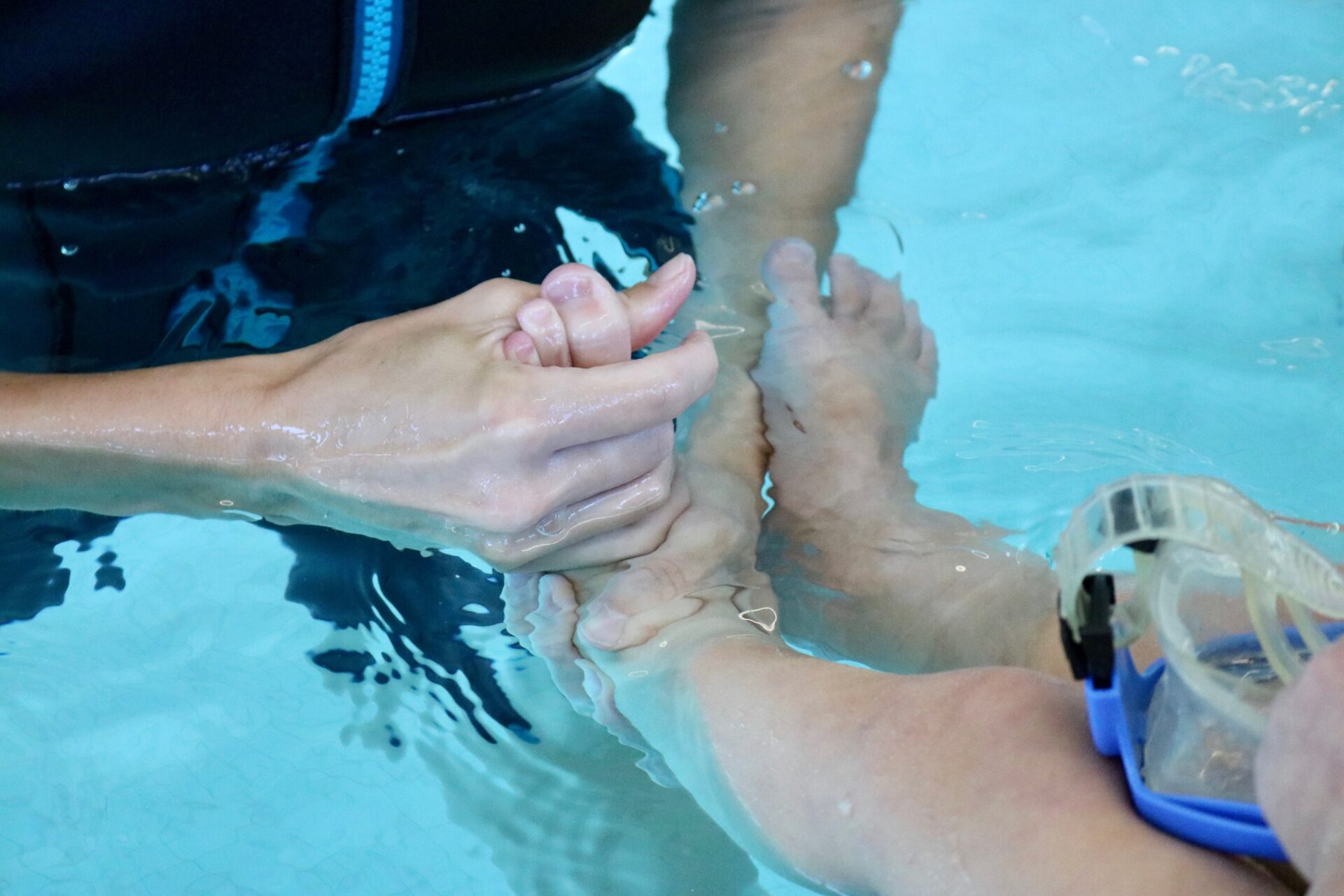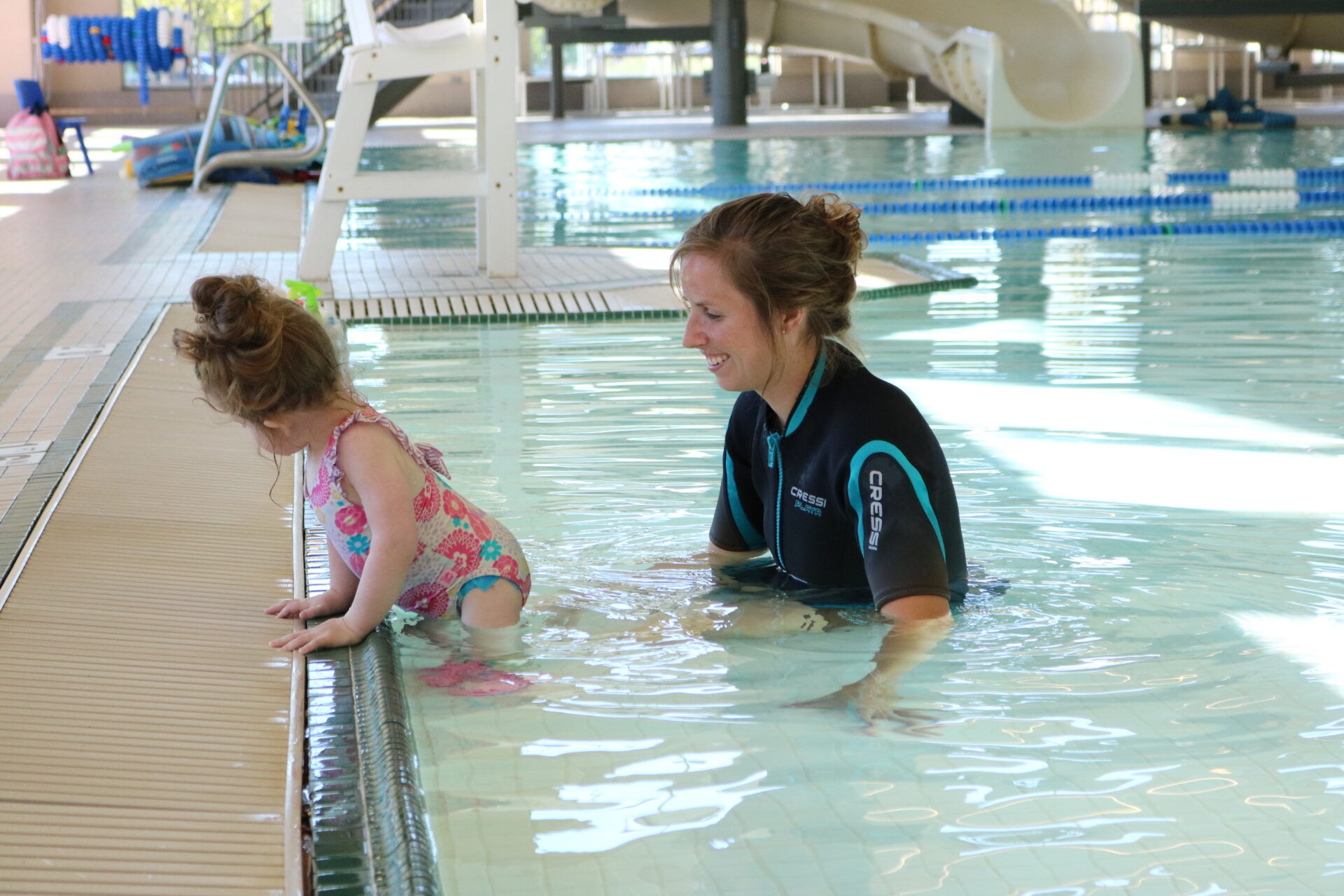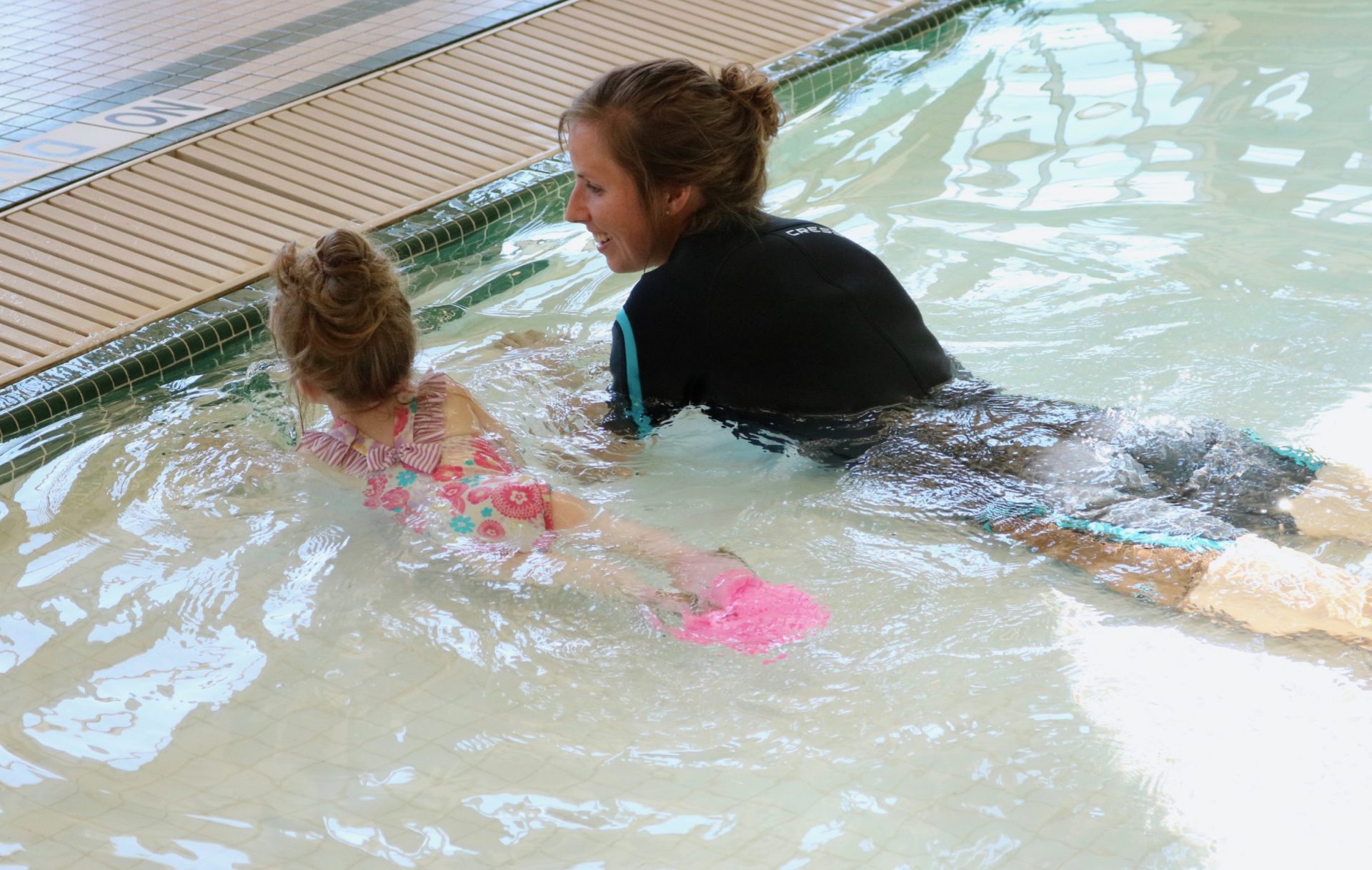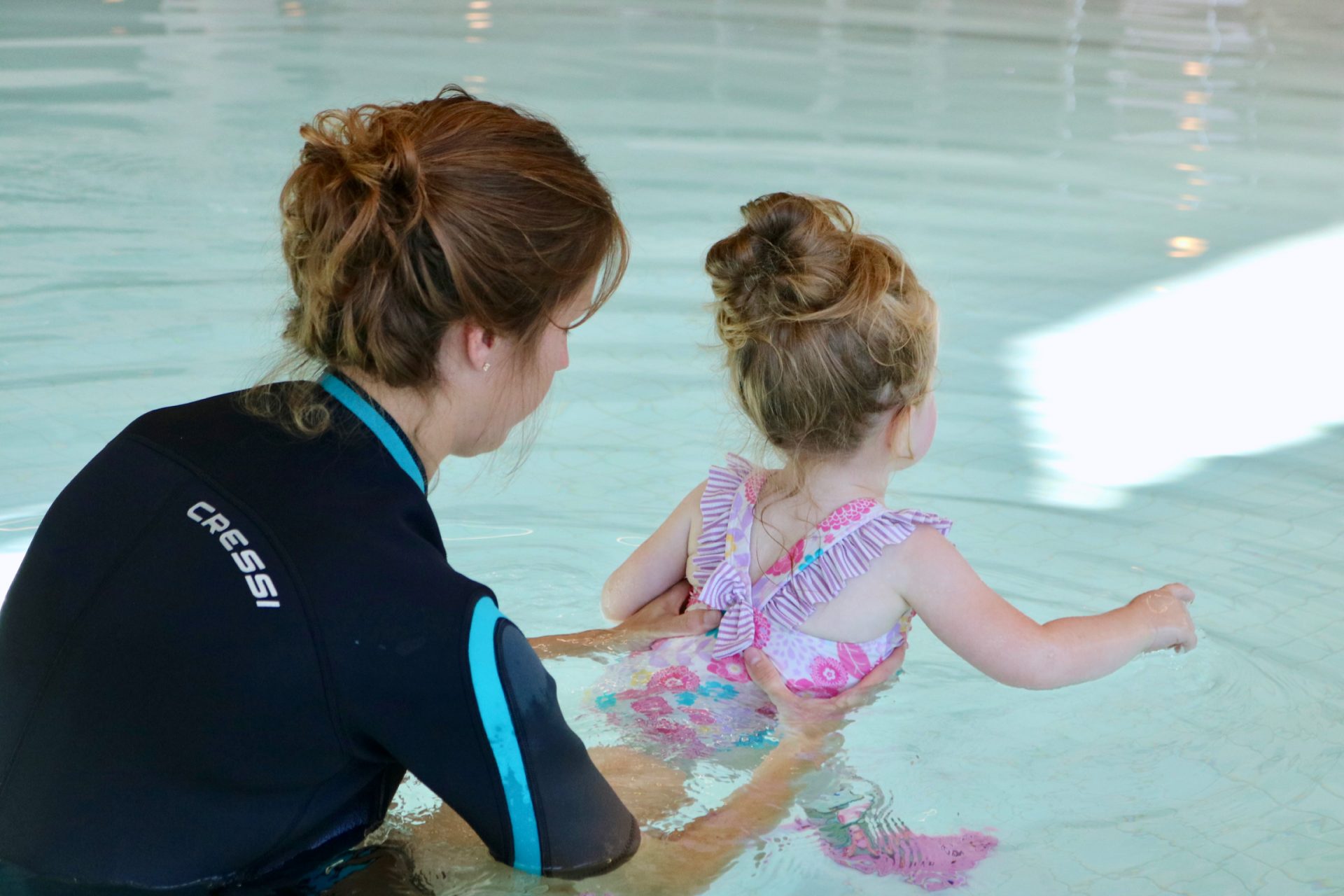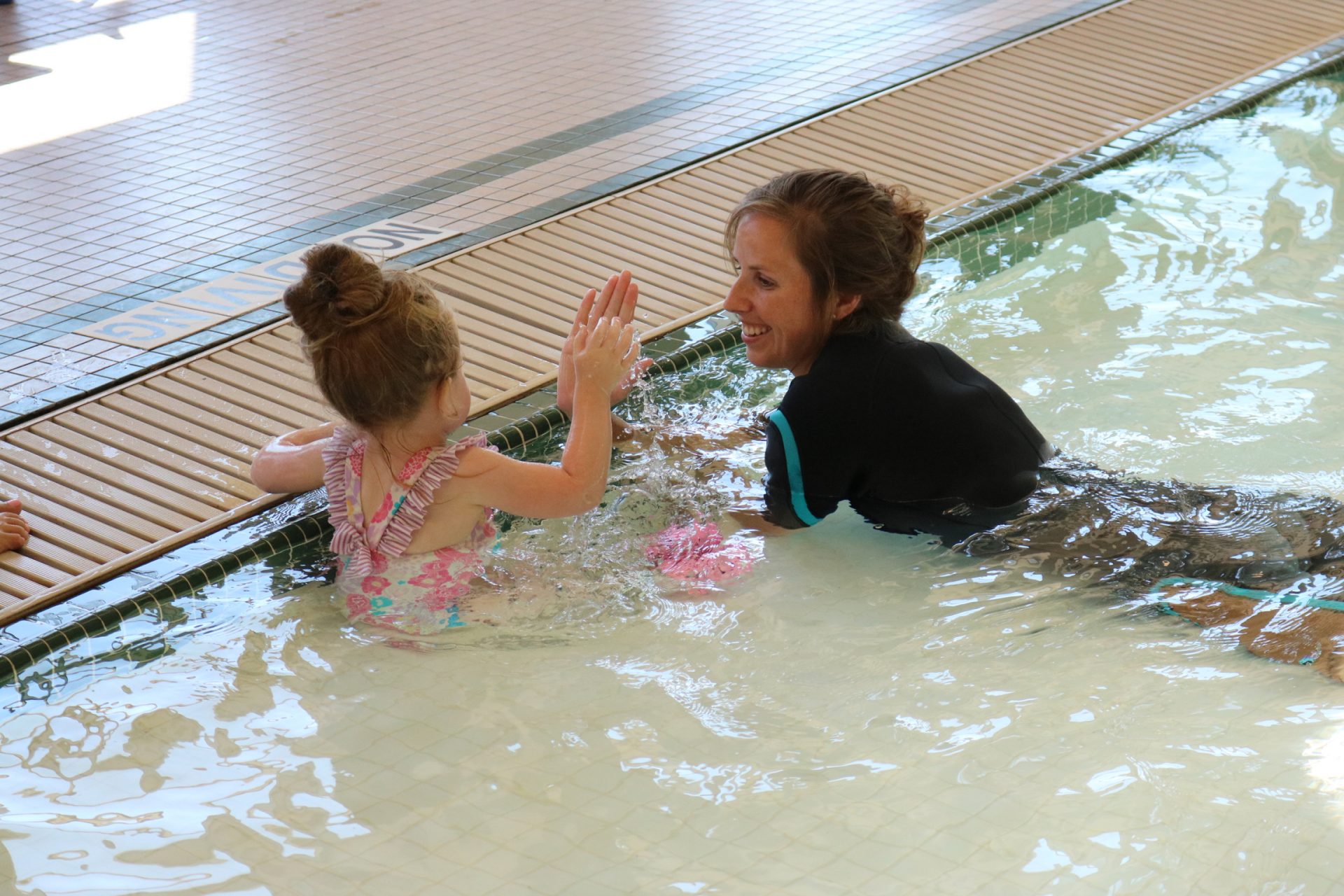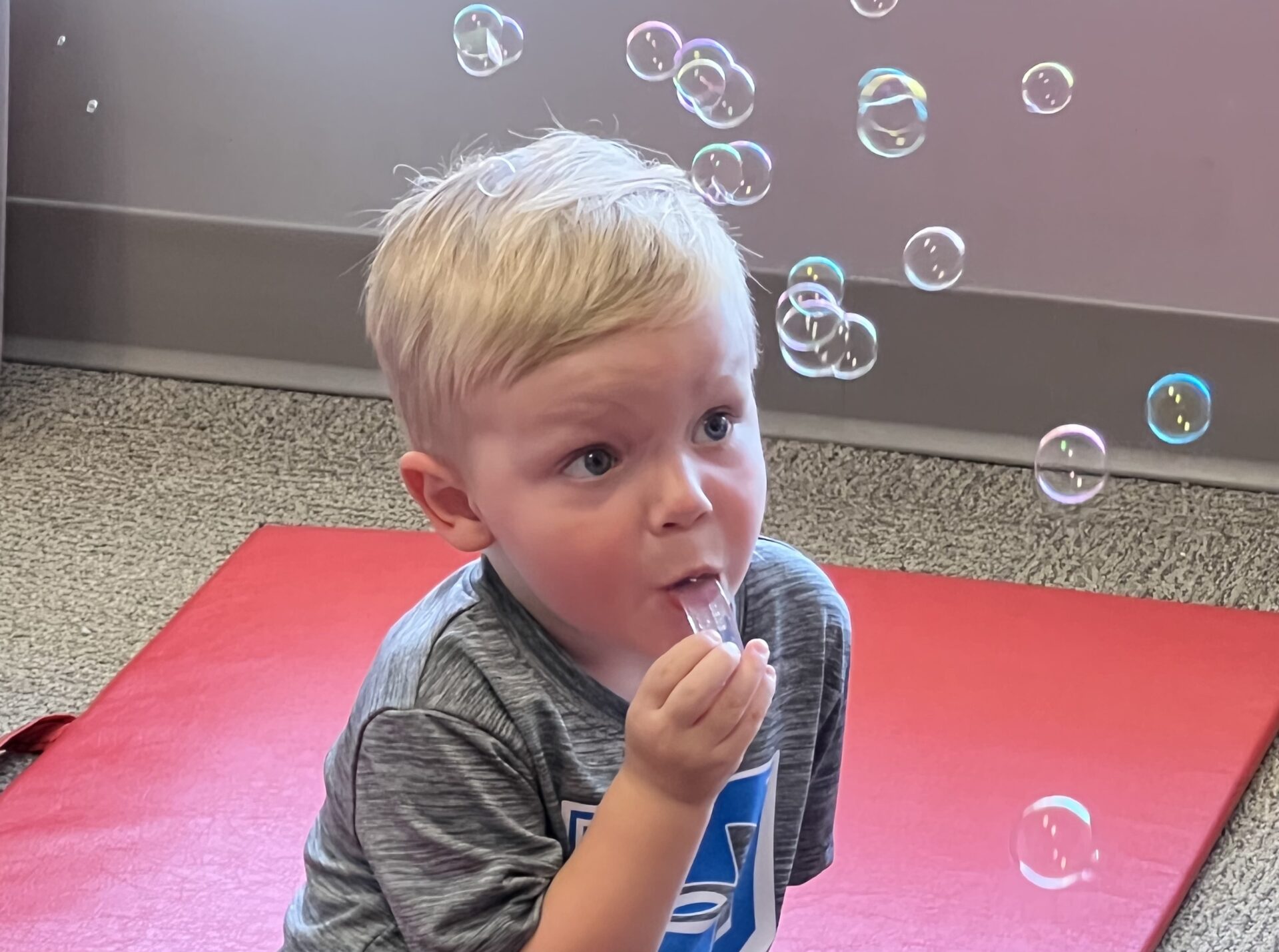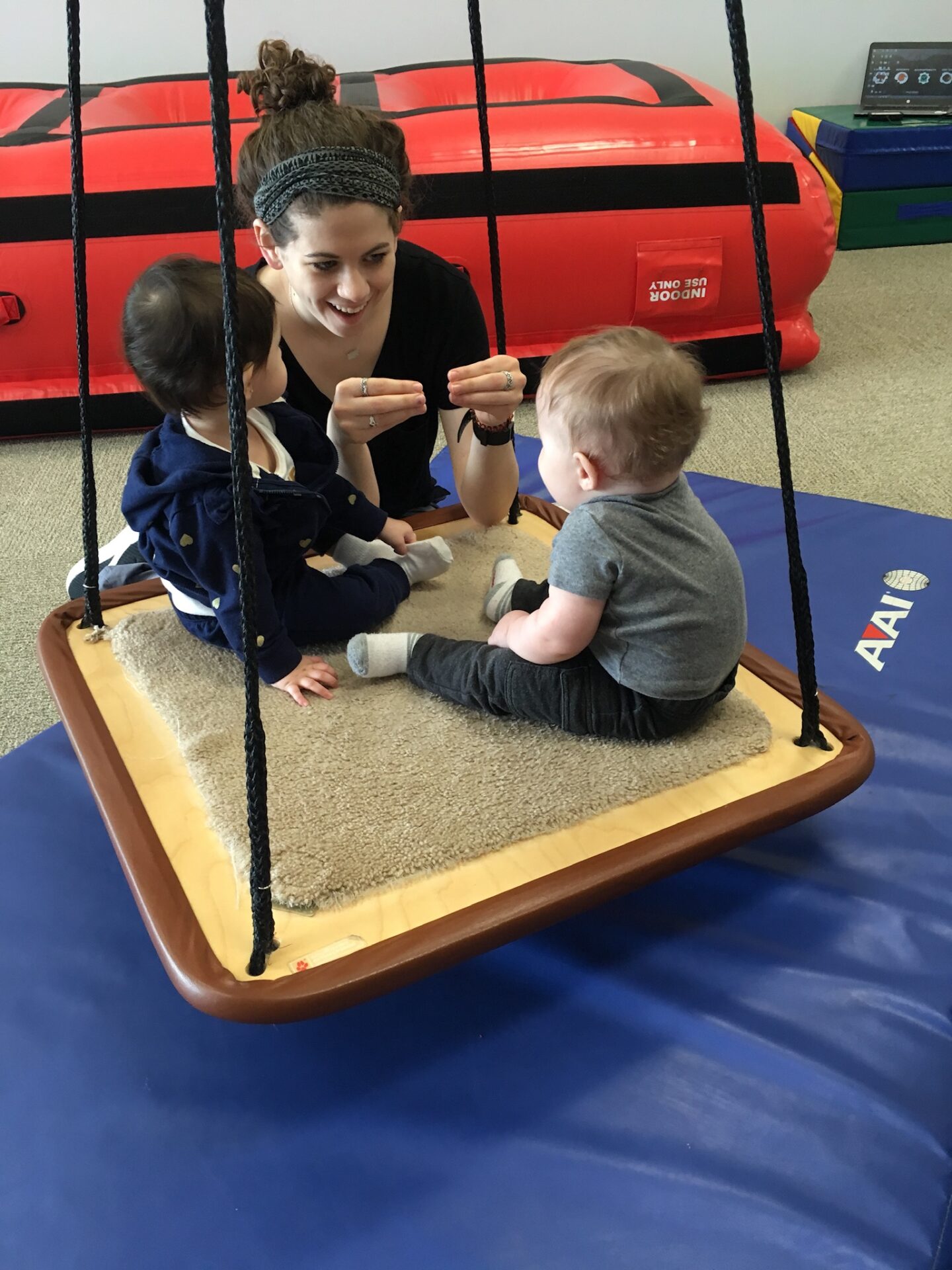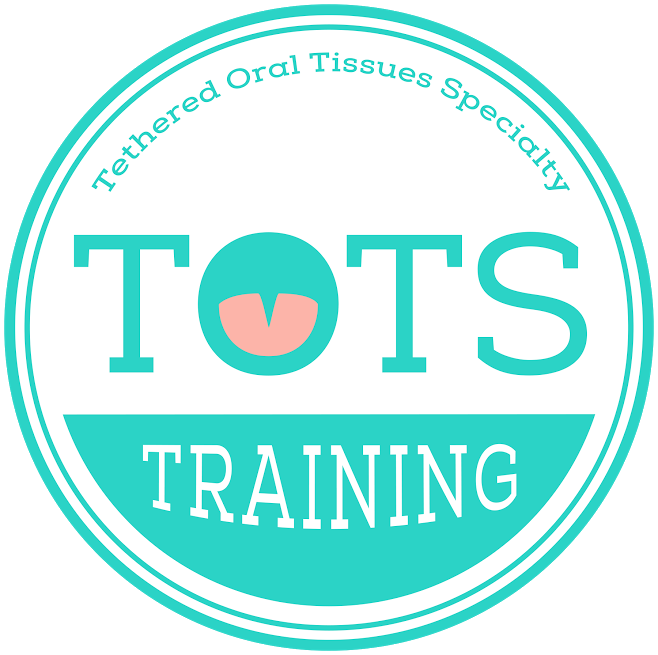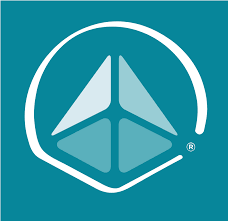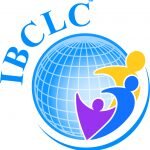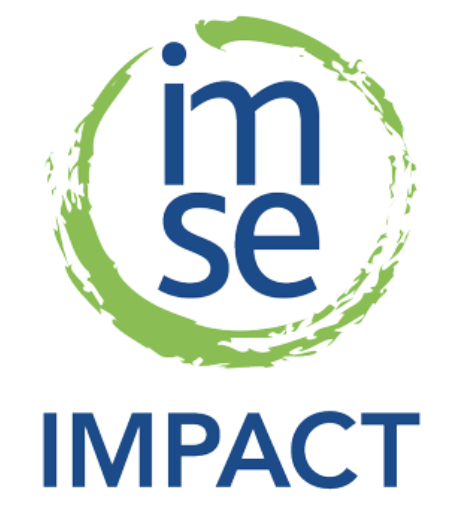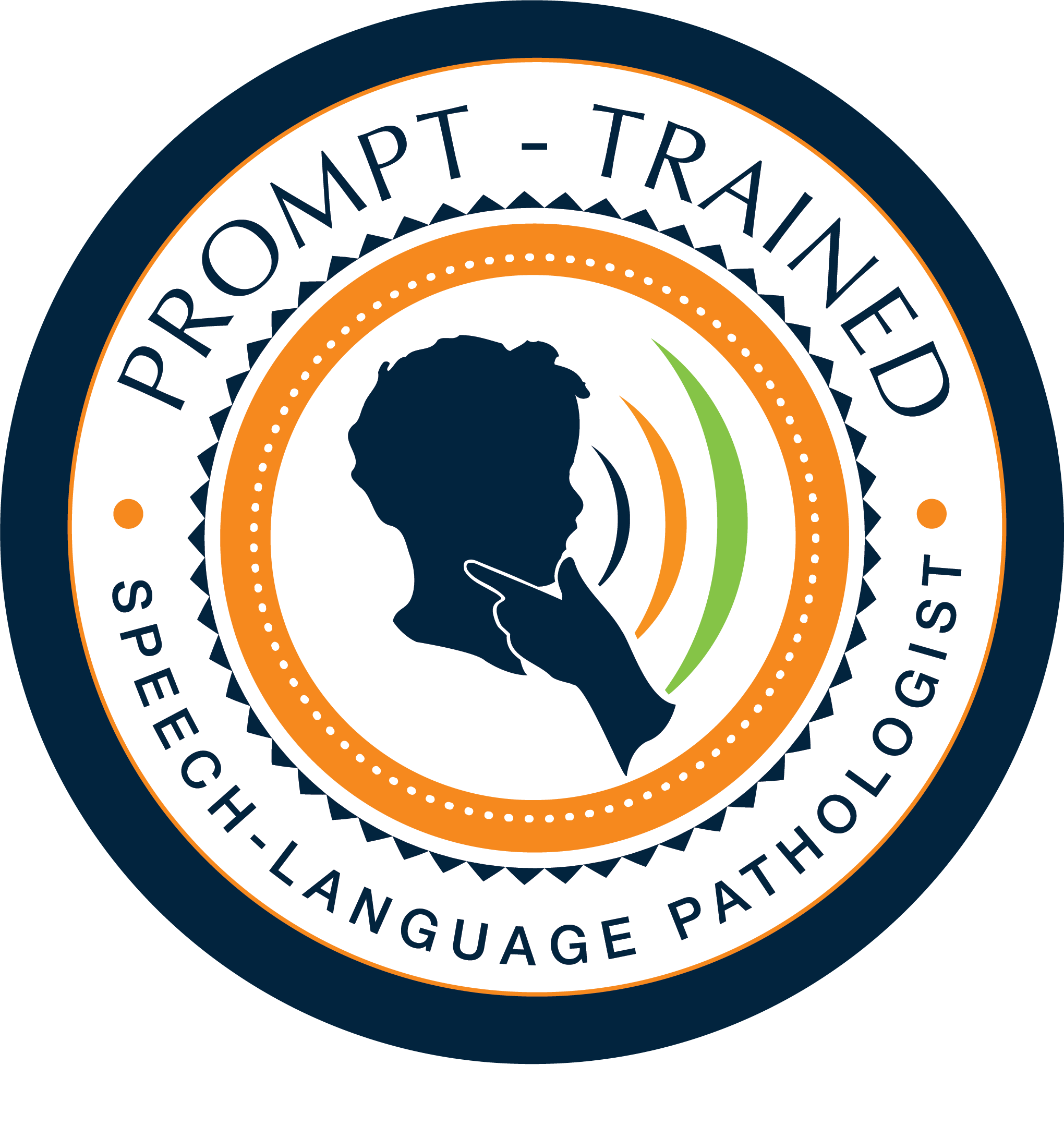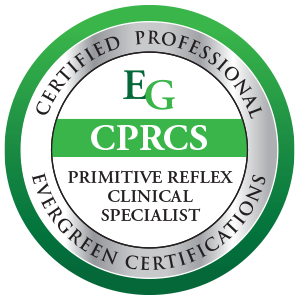The Difference Between Co-pay, Co-insurance, Deductible and Out-of-Pocket
Understanding the difference between co-pay, co-insurance, deductible and out-of-pocket costs on an Explanation of Benefits (EOB) for Pediatric Therapy can be confusing. Your insurance should provide guidance, but this may help you sort it out.
It’s likely that you have questions such as:
- What is a co-pay?
- What is the difference in co-pay and co-insurance?
- Who do I have to pay for my deductible?
- Will, I ever not have to pay co-insurance?
- What is the difference between in and out of the network?
A Co-payment (co-pay)
Co-payment is a fixed amount your insurance determines to be your portion to pay per visit. This payment can also be different based on what type of visit you are having. Such as office visits, specialist visits, ER visits, etc. Pediatric Therapy is considered a specialist visit. Co-pay usually does not apply to a deductible.
Co-insurance
Co-insurance is the percentage your insurance has agreed is your financial obligation to pay. Your insurance plan will pay a percentage of covered expenses, and you would pay the remaining percentage. This amount can vary depending on whether or not your provider is in or out of network with your plan. Your insurance company will start applying charges to your co-insurance once your deductible is met.
Your Deductible
Your deductible is the portion of your medical expense that you would be financially responsible to pay PRIOR to your insurance paying their portion of your co-insurance. Deductibles typically start over at the beginning of the year, but that can vary from plan to plan. Pediatric Therapy claims applied to your deductible are your full responsibility. Your deductible amount may be different based on whether your provider is in-network or out of network with your plan. If a covered claim is applied to your deductible, you would pay the provider for the amount your insurance deems is your responsibility.
An Out-of-Pocket maximum
Out-of-pocket maximum is a pre-determined amount your insurance company deems to be the most you have to pay per year for medical expenses. When you reach this amount, your insurance will begin to start paying your allowed medical expenses at 100% for the remaining portion of the benefit year.
In and out of Network:
Your insurance may provide a smaller deductible and smaller co-insurance portion if you choose to see a provider the insurance company has a contract with. This can be large cost savings for you. For example, if you were to have Pediatric Therapy with an in-network clinic, you may have a $500 deductible, with 90% co-insurance (you owe 10%) and a $2500 out-of-pocket max. If that treatment is provided at a clinic that is NOT contracted with your insurance, you may see that your deductible is now $1500, and your co-insurance is now 70% (you are responsible for 30%) with a $5000 out-of-pocket max.
Understanding your insurance benefits can be an overwhelming task. Above all, one of the most important things to know when you make appointments for services, such as Pediatric Therapy, is to ask your insurance company if the clinic is in or out of network with your plan, as you may have a much larger portion that is your responsibility to pay if they are out of network than you had thought.
BDI Playhouse offers support with understanding your pediatric therapy benefits. Our knowledgeable office team provides information and guidance to streamline and support processes to save your precious family time.
Written by:
Ann Marie Johnson
BDI Playhouse Insurance Billing Specialist and Assistant Office Manager
Click here to schedule a phone call with a Next Steps Coordinator if you have questions or call us directly at 708-478-1820.


